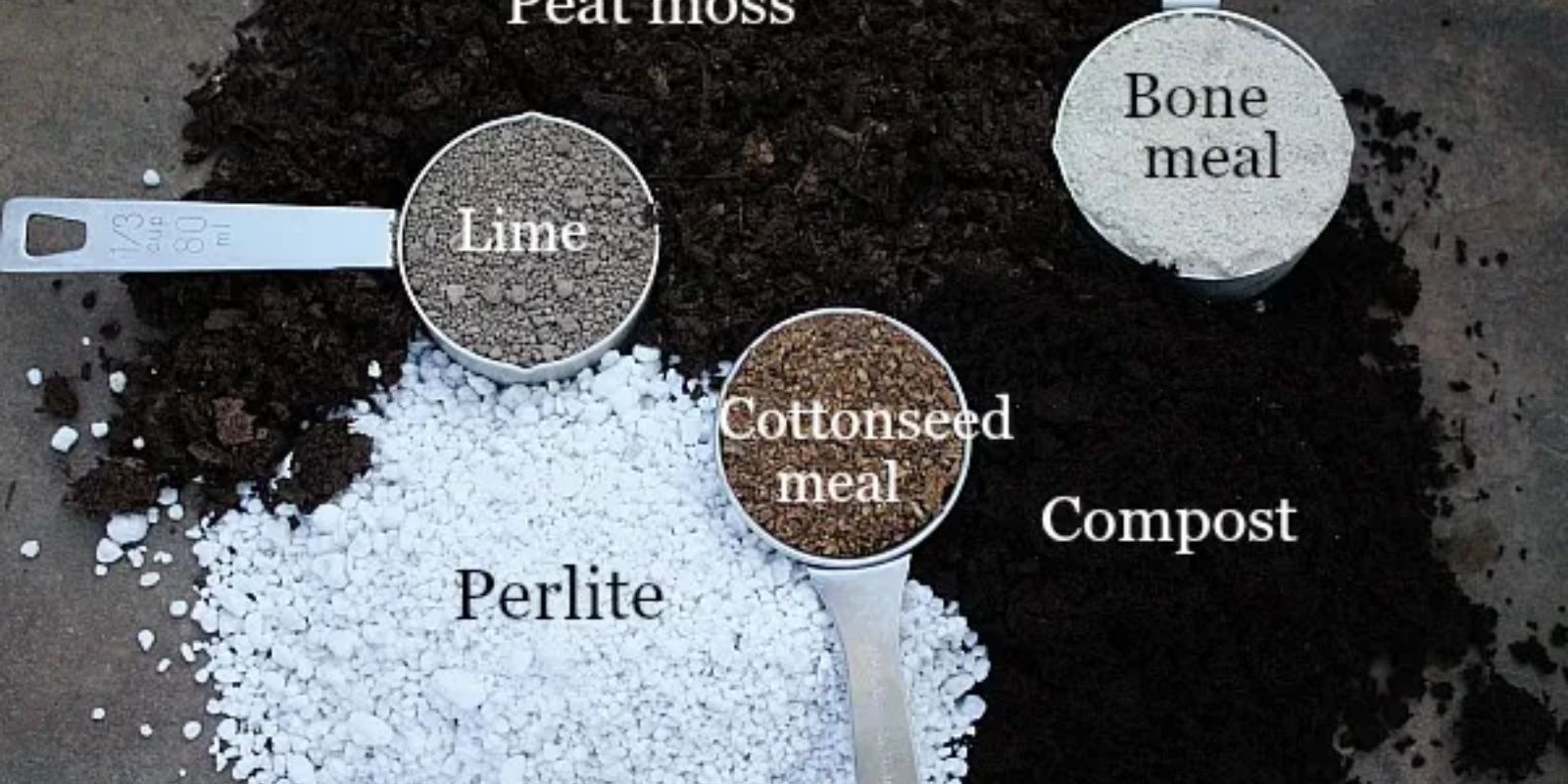Having the right potting soil is essential for the health and productivity of your plants. Whether you’re growing vegetables, herbs, flowers, or houseplants, a good potting mix provides the foundation for their success. Store-bought soil mixes can be convenient, but making your own potting soil allows you to customize it for specific plant needs, save money, and ensure high-quality ingredients.
This guide will walk you through creating the perfect potting soil recipe with detailed steps, tips, and insights to help your plants thrive.
What Makes a Good Potting Soil?
A perfect potting soil has three key characteristics:
- Moisture Retention: It should hold enough water to keep roots hydrated but not so much that it causes waterlogging.
- Aeration: Proper airflow is critical to prevent root rot and encourage healthy root development.
- Nutrient Content: A good mix contains enough nutrients to feed your plants during their growing season.
When making your own mix, you can control these factors by choosing high-quality ingredients that suit your plants’ needs.
Benefits of Making Your Own Potting Soil
- Customization: Tailor the mix to suit the specific requirements of your plants.
- Cost-Effective: Save money by using readily available ingredients.
- Quality Control: Avoid synthetic additives and ensure a clean, chemical-free mix.
- Sustainability: Use eco-friendly alternatives like coconut coir instead of peat moss.
Ingredients for the Perfect Potting Soil Recipe
To make the perfect potting mix, you’ll need the following:
- Base Material: Peat moss or coconut coir for moisture retention.
- Aeration Component: Perlite, vermiculite, or coarse sand to improve drainage.
- Nutrient Source: Compost, aged manure, or worm castings for fertility.
- pH Adjuster: Garden lime (if using peat moss) to neutralize acidity.
- Optional Additives: Slow-release organic fertilizers, mycorrhizal fungi, or biochar for enhanced nutrition and plant health.
The Perfect Potting Soil Recipe
Basic Recipe:
- 2 parts peat moss or coconut coir: Retains moisture.
- 1 part perlite or coarse sand: Improves aeration and drainage.
- 1 part compost or aged manure: Provides essential nutrients.
- Handful of garden lime (optional): Neutralizes acidity if using peat moss.
Optional Add-Ins:
- Worm castings (½ cup per gallon of mix): Boosts microbial activity.
- Slow-release organic fertilizer (as per product instructions): Sustained nutrition.
- Mycorrhizal fungi (sprinkled in planting holes): Encourages strong root systems.
Step-by-Step Instructions
- Prepare Your Workspace:
Find a clean, flat surface like a tarp or large container to mix the soil. - Measure Ingredients:
Use a bucket or container to measure each ingredient accurately. Adjust the proportions depending on the quantity you need. - Combine Base and Aeration Components:
Mix the peat moss or coconut coir with perlite or sand thoroughly. This creates a light and airy texture while retaining enough moisture. - Incorporate Nutrients:
Add compost or aged manure to the mix. Blend well to distribute nutrients evenly. - Adjust pH (if necessary):
If you’re using peat moss, sprinkle garden lime and mix thoroughly to neutralize its acidity. - Optional Add-Ins:
Add worm castings, fertilizers, or other enhancements to boost the mix’s quality. - Test Your Mix:
Take a handful of the mix, moisten it, and squeeze. It should hold its shape loosely but crumble easily when touched. If it’s too wet or compact, add more aeration materials like perlite. - Store Properly:
Store your potting mix in a sealed container or bag to keep it fresh and dry until use.
Customizing the Mix for Specific Plants
For Vegetables and Herbs:
- Add more compost or aged manure for nutrient-demanding crops.
- Include biochar for improved soil structure and nutrient retention.
For Succulents and Cacti:
- Increase the proportion of coarse sand or perlite for excellent drainage.
- Reduce the compost content to avoid excessive moisture.
For Flowering Plants:
- Incorporate slow-release fertilizer to support blooms throughout the season.
For Seedlings:
- Use finely sifted compost and reduce aeration components for a softer texture.
Tips for Making and Using Potting Soil
- Moisten Before Use: Lightly dampen the mix before planting to ensure even moisture distribution.
- Avoid Overloading Nutrients: Too much compost or fertilizer can harm young plants. Stick to balanced proportions.
- Keep it Lightweight: Avoid heavy garden soil, which can compact and suffocate roots in pots.
- Recycle Old Soil: Refresh old potting soil by mixing it with new compost and aeration materials.
- Batch Mixing: Make larger batches to save time and effort, especially if you have multiple pots.
Why Coconut Coir is a Sustainable Choice
If you’re looking to make an environmentally conscious choice, coconut coir is an excellent alternative to peat moss. It’s made from the husks of coconuts—a renewable resource—and is pH-neutral, which reduces the need for lime. By using coir, you help conserve peat bogs, which are vital ecosystems.
Common Mistakes to Avoid
- Using Garden Soil Alone: Garden soil is too heavy for pots and can lead to poor drainage.
- Overwatering: Even with good drainage, overwatering can cause root rot. Monitor your plants’ moisture needs.
- Skipping pH Adjustment: If you use peat moss, forgetting to add lime can result in overly acidic soil.
- Storing Improperly: Exposure to moisture can lead to mold growth in stored potting soil. Always store it in a dry, sealed container.
Final Thoughts
Making your own potting soil is an empowering and rewarding step for any gardener. Not only does it give you control over the quality and sustainability of the materials, but it also ensures your plants are set up for success. With this simple recipe and a few adjustments for specific needs, you’ll create a mix that’s perfect for everything from vegetables and flowers to succulents and houseplants.
💡 Do you have your own twist on potting soil recipes? Share your tips and tricks in the comments below!
Viral Gardening Hashtags
#DIYPottingSoil #GardeningHacks #OrganicGardening #HealthyPlants #SoilHealth #PlantCare #ContainerGardening #EcoFriendlyGardening

